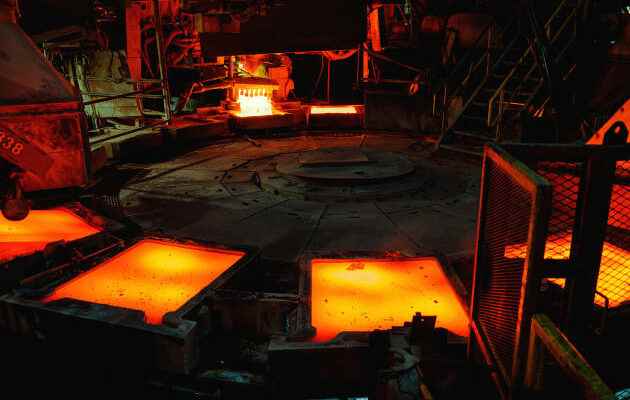Black hair, in her fifties, she gets up shyly, her hands clutching the microphone and introduces herself: “ Caroline Boulet, resident of Notre-Dame. » Notre-Dame, a popular district built at the foot of a copper foundry, whose massive silhouette, chimneys, pipes and sheds, dominates the city of Rouyn-Noranda, 43,000 inhabitants. “ When my car was attacked by your white particles, you paid the bill to repaint. When my garden furniture was devoured by your dust, you paid. But what do you intend to do to wash my lungs? You can’t buy my health », she says, her voice tense with rising emotion. At the podium, the skewer of leaders of the Horne foundry, to whom it is addressed, cash, without a word.
On this early evening of October 12, nearly 150 citizens of Rouyn-Noranda, the capital of Abitibi-Témiscamingue, a region in western Quebec located more than a seven-hour drive from Montreal, rushed their dinner . No question of missing the first information meeting organized by Glencore, the Anglo-Swiss multinational owner of the Horne smelter since 2013. At the Hotel Noranda, erected by the founders of the mine at the beginning of the XXe century, three local leaders of the company present their “express modernization plan”, intended to reduce the factory’s toxic emissions, in particular those of arsenic, recognized as a carcinogen.
In the absence of the real boss, Claude Bélanger, head of copper activities for North America, who has not lived in Rouyn-Noranda for years, they line up figures and an ambition: “500 million dollars of investments” to go from 100 nanograms of arsenic per cubic meter emitted into the air each year to 15 in 2027. Why stick to 15 when the legal standard in force throughout Quebec is 3 nanograms, ask several the participants? Impossible to do better faster, answer the leaders. In the room, the dialogue is electric. “ How many hundreds of millions of dollars in profits are you going to make by continuing to contaminate us? », a former employee of the foundry gets carried away.
For six months, the city has been choking with anger. All of Canada coughs with her, this country which likes to believe that its grandiose natural landscapes rhyme with clean air and which willingly forgets that its rich mining and oil resources often have an environmental cost. The foundry’s activities left the pages of the local newspaper, The citizen, to make national headlines. The revelations are linked to the lack of transparency of the multinational – also condemned on November 3 for “acts of corruption » in Africa by a British court – and on the reluctance of the Quebec government to impose its law on it. On November 20, after public consultation of the population, the latter should say whether he still grants Glencore an exemption, yet another “license to pollute”, denounce its detractors.
You have 85.43% of this article left to read. The following is for subscribers only.
